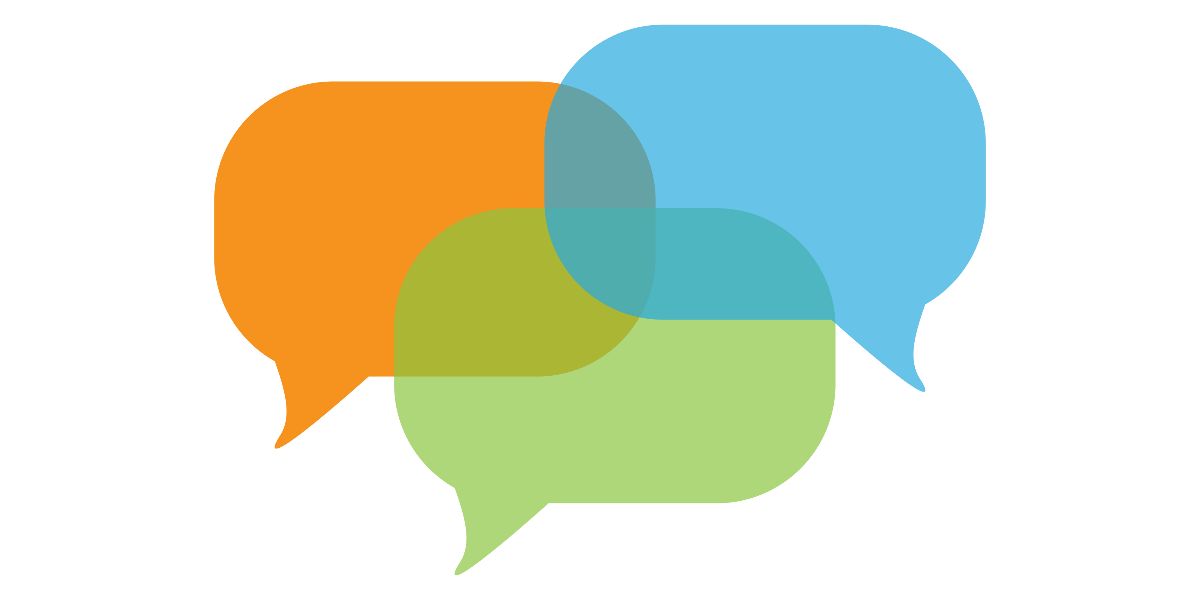AWS Public Sector Blog
Tag: Amazon Route53
Singapore’s EVe harnesses the power of data with help from NTT DATA, AWS
In alignment with Singapore’s ambitious sustainability objectives, the Land Transport Authority (LTA) of Singapore is intensifying its efforts to spur the adoption of electric vehicles. This contributes to the nation’s goal of achieving 100 percent cleaner energy vehicles by 2040, and the effort leverages Amazon Web Services (AWS). LTA has set up EV-Electric Charging Pte Ltd (EVe) to manage the deployment of up to 12,000 electric vehicle (EV) charging points distributed across 2,000 Housing Development Board (HDB) carparks.
BrainGuide uses cloud technology to empower people with knowledge and resources for brain health
Alzheimer’s, a progressive brain disease that gradually deteriorates memories and thinking skills, is one of the leading causes of death in the United States, according to nonprofit UsAgainstAlzheimer’s (UsA2). To help address the immense need for brain health information and insights, UsA2 recently launched BrainGuide working with AWS and Biogen. BrainGuide is a first-of-its-kind platform that empowers people with knowledge and resources to take the best next steps in managing their own or a loved one’s brain health.
Improving school safety: How the cloud is helping K12 students in the wake of violent incidents in schools
Research shows that students who feel safe are more likely to be engaged at school and be more successful in all aspects of life – not just academics. But students are dealing with the reality of increased violence in schools – finding it more difficult to feel safe. Administrator concerns in the wake of school violence have made school safety a top priority in K12. One collaboration is delivering a safer learning environment for students through a scalable, highly secure, and innovative cloud services solution.
Finding kids in foster care permanent homes: AWS powers People Search by Connect Our Kids
Connect Our Kids, a Virginia-based 501 (c)(3) nonprofit organization, is using technology to connect children in foster care with permanent homes with People Search. People Search is a free search engine powered by Amazon Web Services (AWS) that makes it easier for social workers to find people connected to the child.
From Bytes to Classrooms: How Technology and Data are Transforming Brazil’s Public Education
The educational problem in Brazil is the size of the country: enormous. Only 14% of students learn what they are supposed to learn in mathematics and only 30% in Portuguese by the end of middle school (ninth year). That means that only a small percentage of students exit middle school able to read the news […]




